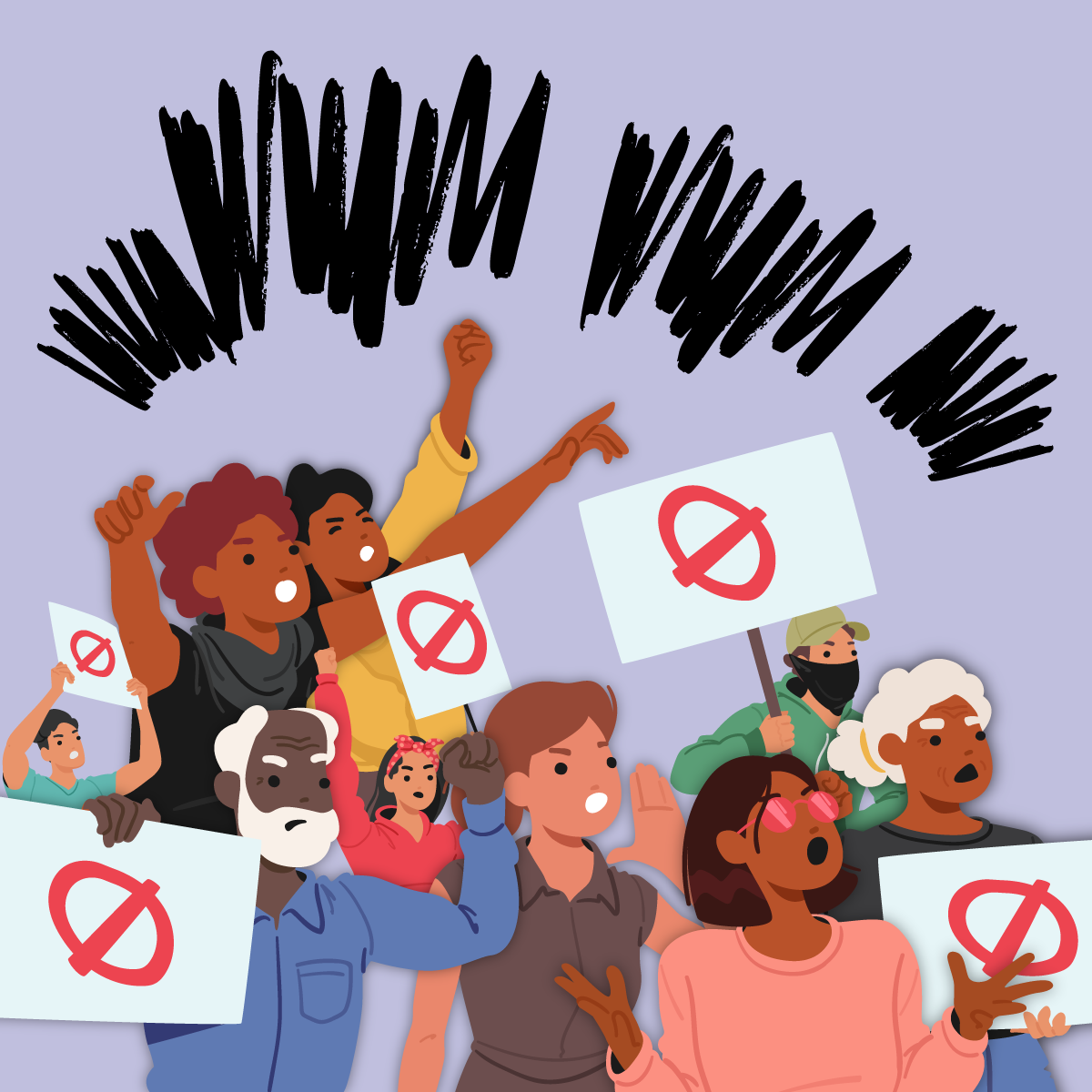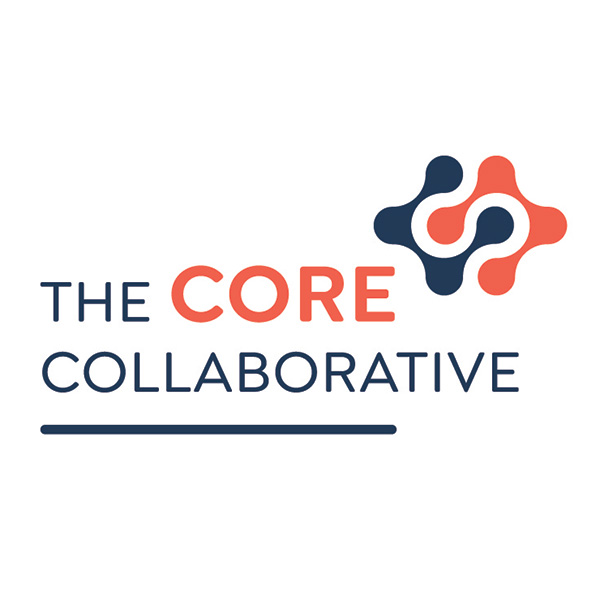We are living through a powerful moment. Voices are rising, signs are waving, and feet are marching—communities worldwide are protesting injustice, demanding accountability, and shaping history in real-time. As educators, we have both the extraordinary opportunity and the profound responsibility to help students make sense of this pivotal time.
Teaching about protests involves embracing discomfort, courageously addressing difficult truths, and nurturing critical thinking about democracy, justice, and civic action. Here’s how to guide your students effectively and empathetically through these transformative conversations:
Practical Tools for Teaching About Protests
1. Establish Safe Spaces for Dialogue:
Create environments of trust and respect using restorative circle prompts. Questions like “What does justice mean to you?” or “When have you experienced fairness or unfairness?” foster open, foundational dialogue.
2. Leverage First-Hand Narratives:
Bring authenticity into your classroom through stories from young activists, community members, or historical figures involved in protests. Primary source videos and articles make these experiences immediate and relatable.
3. Analyze Protest through Inquiry:
Engage students deeply with essential questions:
- Why do people protest?
- What makes a protest effective or ineffective?
- How do protests influence policy and society?
4. Teach Critical Media Literacy:
Provide students with tools to evaluate credibility and recognize biases in media coverage. Critical media literacy activities empower students to form informed, balanced perspectives on protest movements.
5. Encourage Empathy and Perspective-Taking:
Use role-playing activities or reflective journaling to help students internalize diverse experiences, nurturing empathy and a broader, nuanced understanding.
Valuable Resource for Teachers
Enhance your teaching with the Zinn Education Project’s extensive, free resources—designed explicitly for exploring protest education. Access them here: Zinn Education Project
- Civil Rights Movements: Resources on modern Civil Rights history including the Black Panther Party, Brown v. Board of Education, Freedom Schools, Selma, and SNCC.
- Imperialism and Organizing: Lessons highlighting strategies and impacts of organizing and advocacy.
- Slavery and Resistance: Insights into historical acts of resistance against slavery.
- Wars & Anti-War Movements: Coverage of historical protests against wars, such as opposition to the First World War.
Explore specialized thematic resources such as:
- Teaching for Black Lives: Covering crucial issues like anti-Blackness, the school-to-prison pipeline, and fostering positive Black identity.
- Students Defend Human Rights: Engaging materials on student-led activism and advocacy for human rights.
Empower Your Students, Shape Our Future
When you thoughtfully guide students through discussions about protests, you’re doing more than teaching history—you’re fostering informed, compassionate citizens who can actively shape democracy. Your classroom becomes a vital space where empathy meets activism, equipping learners to navigate complexity and lead the changes our world urgently needs.



